Melbourne’s Nido II house is an urban nest blending old and new
Angelucci Architects’ Nido II is a Melbourne house designed as a smart urban collage bridging old and new
Dyla J - Photography
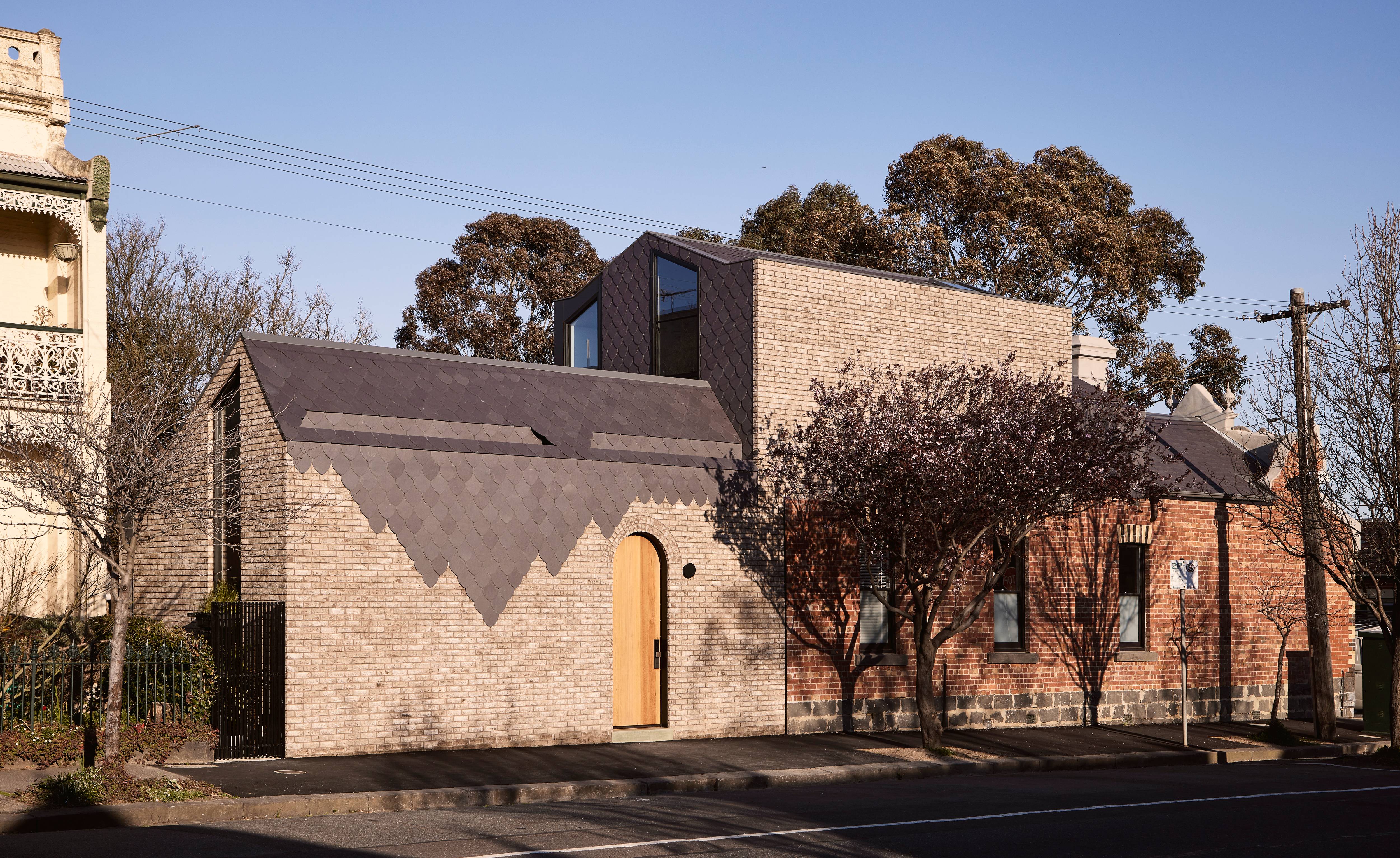
Angelucci Architects’ Nido II project is located in the Melbourne suburb of Carlton North. The client was also the builder, and the project marked their family’s return to the part of the city where their grandparents had lived following their emigration from Italy. Incorporating the revision and extension of an original Victorian structure dating back to 1885, Nido II is a series of flexible living spaces with a basement, a courtyard and balconies, and enough space to accommodate a family of six – an urban nest for its owners.
A Melbourne house that’s an urban nest
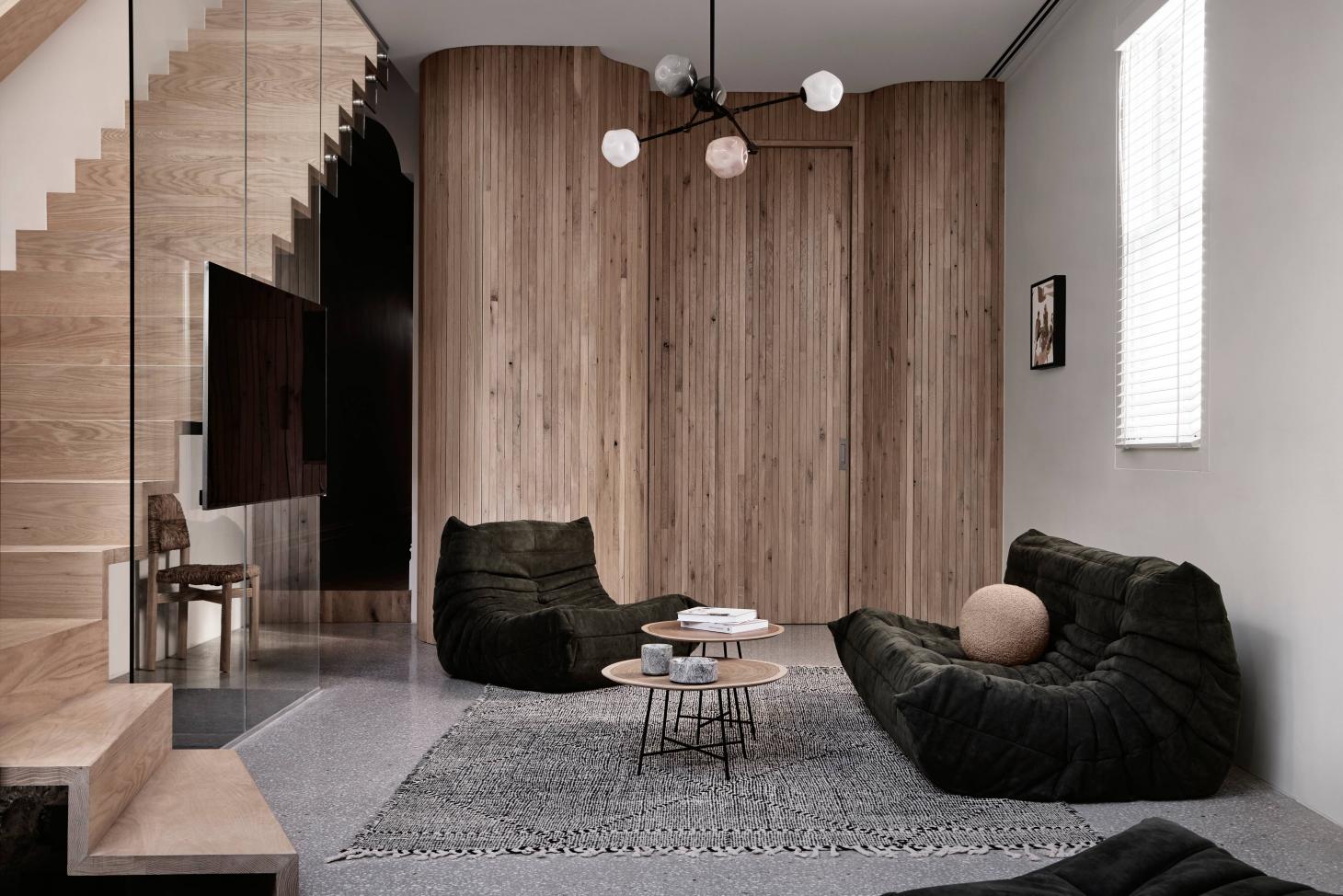
‘Nido’ is Italian for ‘nest’, and the project’s careful blend of spaces, different material finishes, and familial togetherness makes it an apt name.
The plan rearranges the long, linear site behind the original façade, and the house has been designed to ensure each level retains a connection to the outside. A central courtyard anchors the main living area, while a large roof deck opens off the first floor, where two children’s bedrooms and a bathroom are located. This top floor has built-in bunk beds and storage, as well as views across the rooftops.
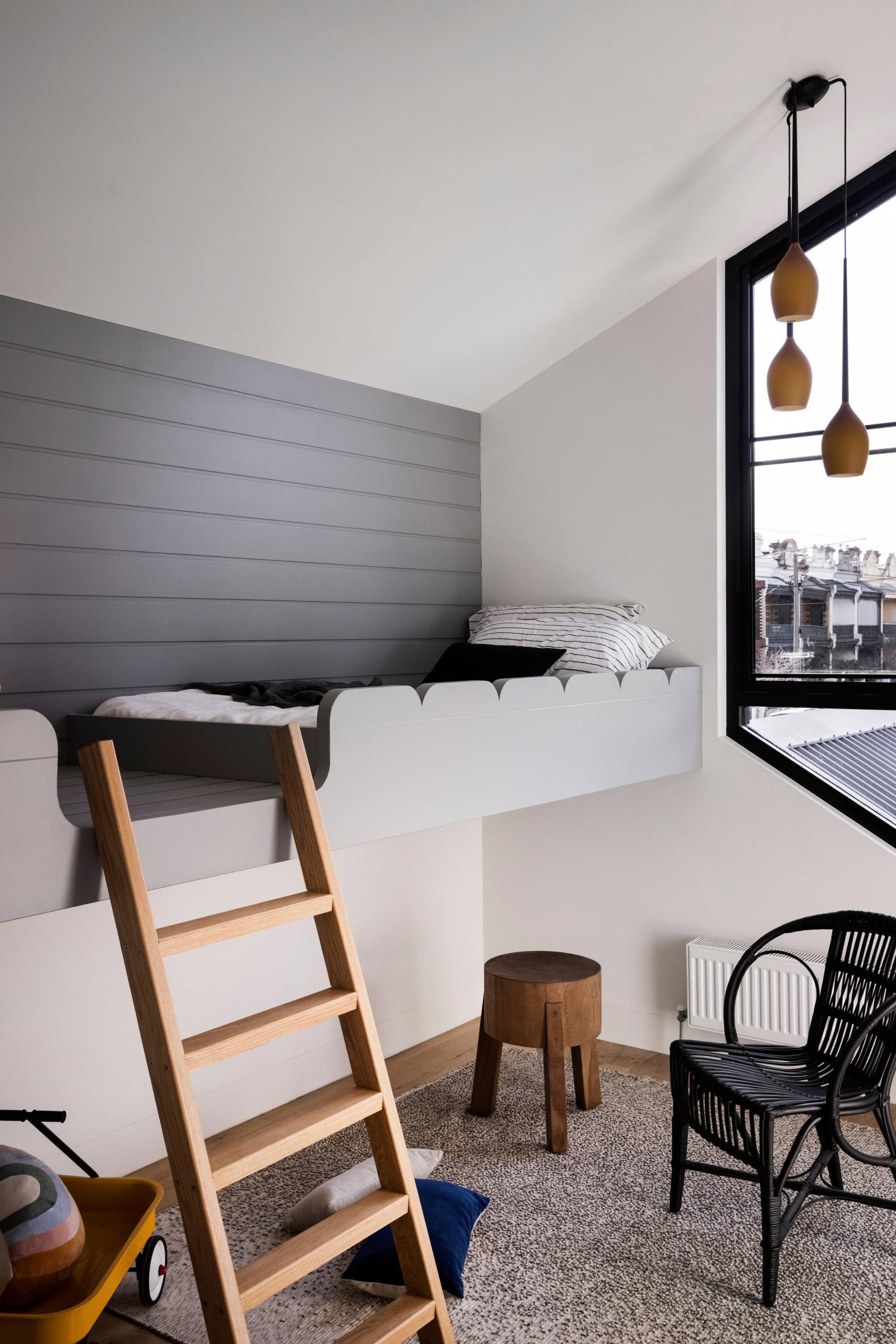
All rooms have generous ceiling heights, and the linearity of the site is broken up by the use of curved timber slatted walls and large areas of glazing. The kitchen overlooks the courtyard with glazing positioned to create a long view up the stairs to the children’s rooms. A curved kitchen table and banquette provides ample space for family gatherings. The courtyard glazing can be opened up to the elements when the weather allows.
Furthermore, a family bathroom is set behind the curved timber wall in the living room, behind which lies a sunken bath by Agape.
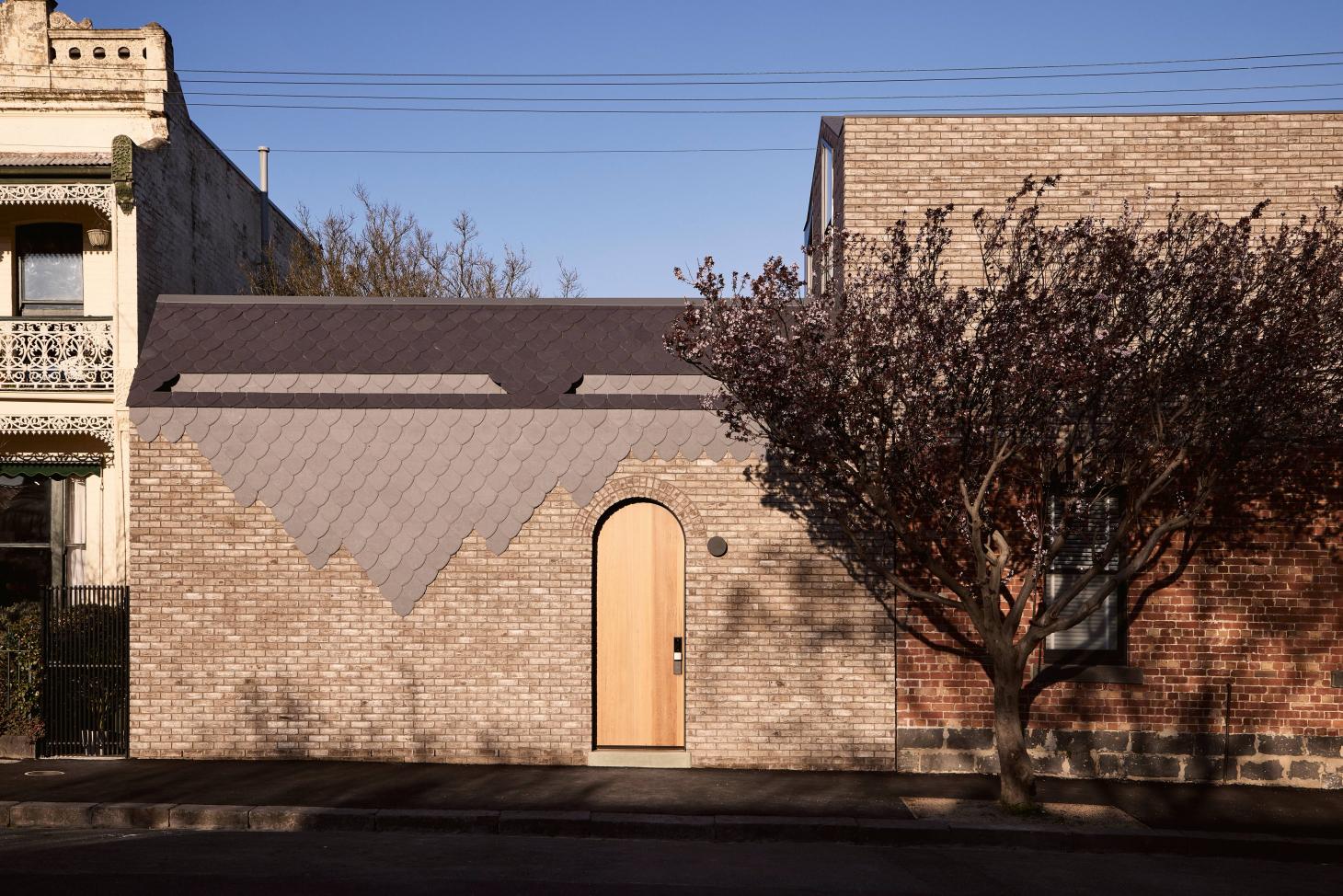
A secondary entrance, with its distinctive arched doorway, gives the ground-floor living space extra flexibility, while the curved Welsh slate tiles that are hung on the exterior walls and roofs are a playful contrast to the combination of new and original brick. Downstairs, a cave-like basement houses a wine store as well as a utility area and indoor playroom, complete with black chalkboard walls. The parents have their own bedroom and en-suite at the front of the house, set apart from the more open-plan family spaces.
As one would expect from a house built by its owner, there are very high levels of craft and quality of finish at every turn. With terrazzo concrete floors, traditional Venetian plastering, and hand-cut slates, as well as Australian and Japanese handmade tiles in the courtyard and bathrooms, the house creates its own richly textured world.
Receive our daily digest of inspiration, escapism and design stories from around the world direct to your inbox.


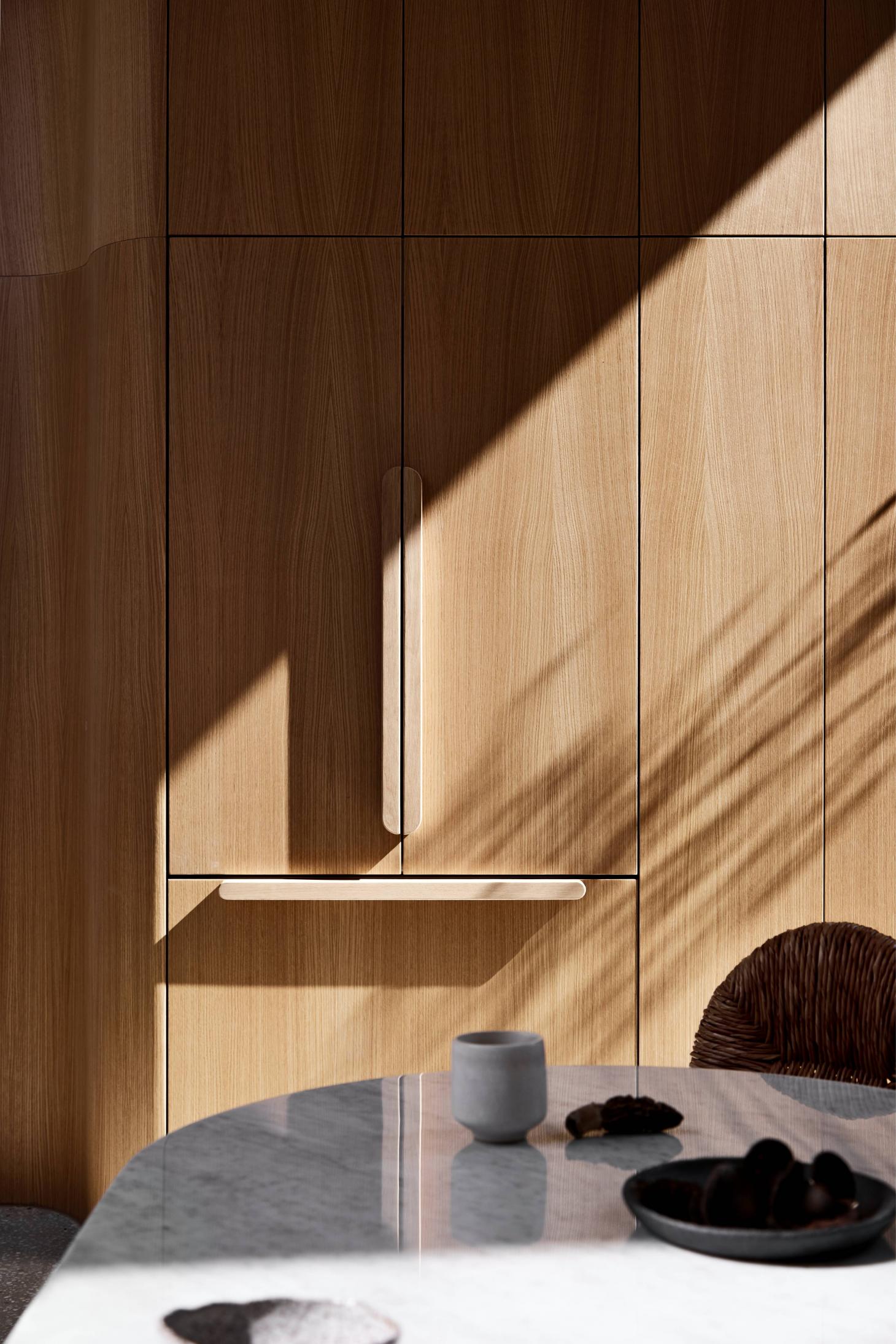
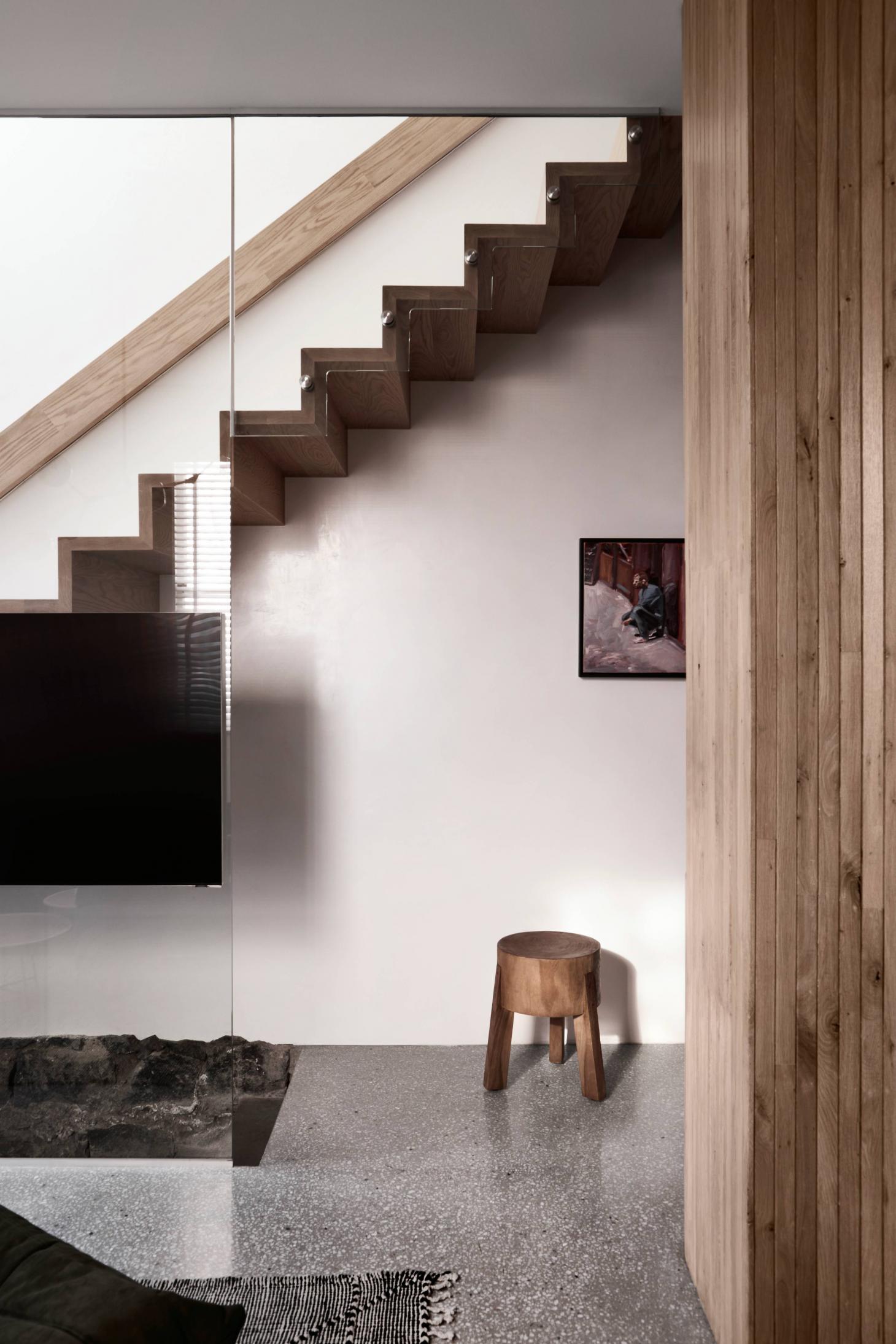
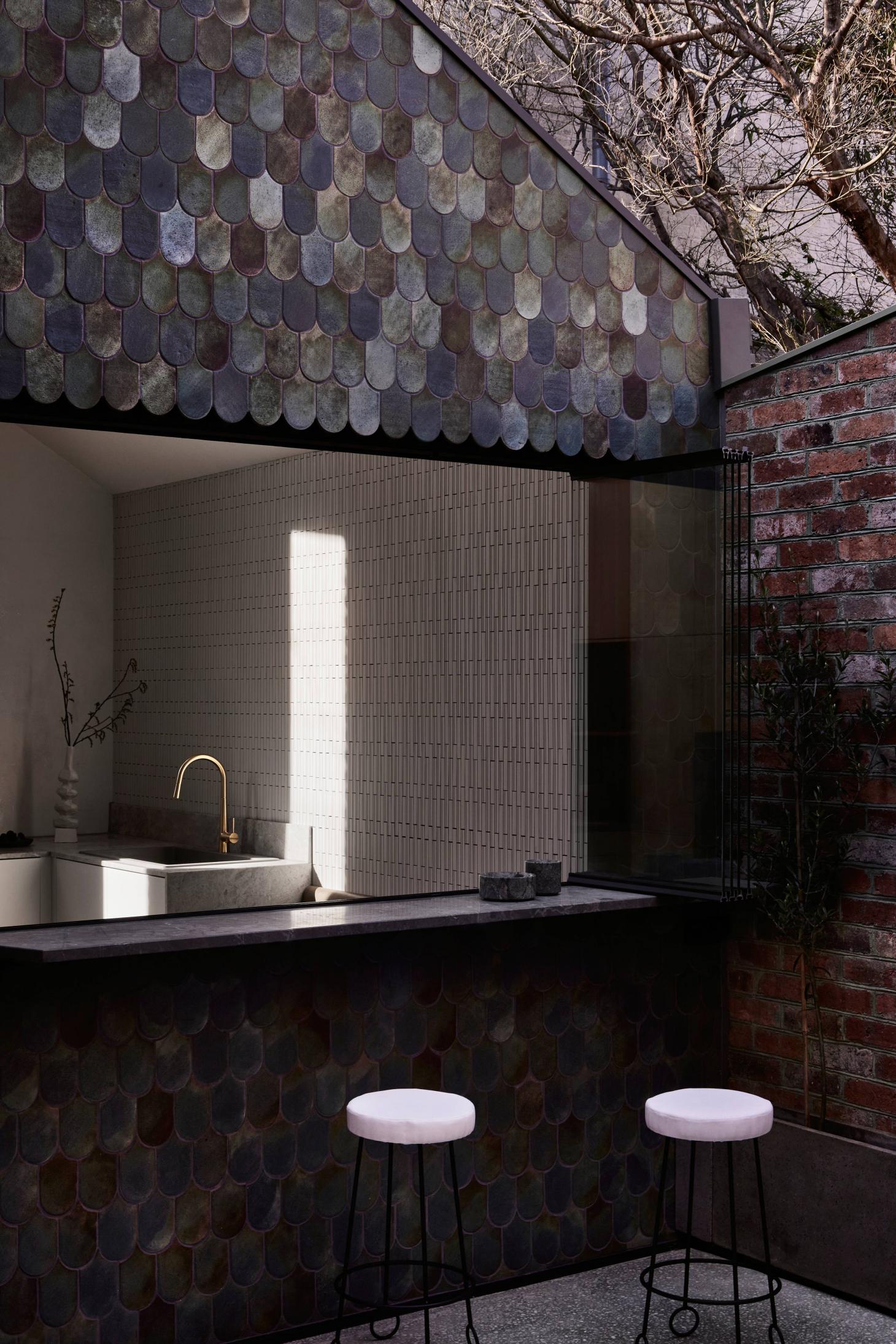

INFORMATION
Jonathan Bell has written for Wallpaper* magazine since 1999, covering everything from architecture and transport design to books, tech and graphic design. He is now the magazine’s Transport and Technology Editor. Jonathan has written and edited 15 books, including Concept Car Design, 21st Century House, and The New Modern House. He is also the host of Wallpaper’s first podcast.
-
 A compact Scottish home is a 'sunny place,' nestled into its thriving orchard setting
A compact Scottish home is a 'sunny place,' nestled into its thriving orchard settingGrianan (Gaelic for 'sunny place') is a single-storey Scottish home by Cameron Webster Architects set in rural Stirlingshire
-
 7 colours that will define 2026, from rich gold to glacier blue
7 colours that will define 2026, from rich gold to glacier blueThese moody hues, versatile neutrals and vivid shades will shape the new year, according to trend forecasters
-
 In Norway, discover 1000 years of Queer expression in Islamic Art
In Norway, discover 1000 years of Queer expression in Islamic Art'Deviant Ornaments' at the National Museum of Norway examines the far-reaching history of Queer art
-
 The Architecture Edit: Wallpaper’s houses of the month
The Architecture Edit: Wallpaper’s houses of the monthFrom wineries-turned-music studios to fire-resistant holiday homes, these are the properties that have most impressed the Wallpaper* editors this month
-
 An Australian holiday home is designed as a bushfire-proof sanctuary
An Australian holiday home is designed as a bushfire-proof sanctuary‘Amongst the Eucalypts’ by Jason Gibney Design Workshop (JGDW) rethinks life – and architecture – in fire-prone landscapes, creating a minimalist holiday home that’s meant to last
-
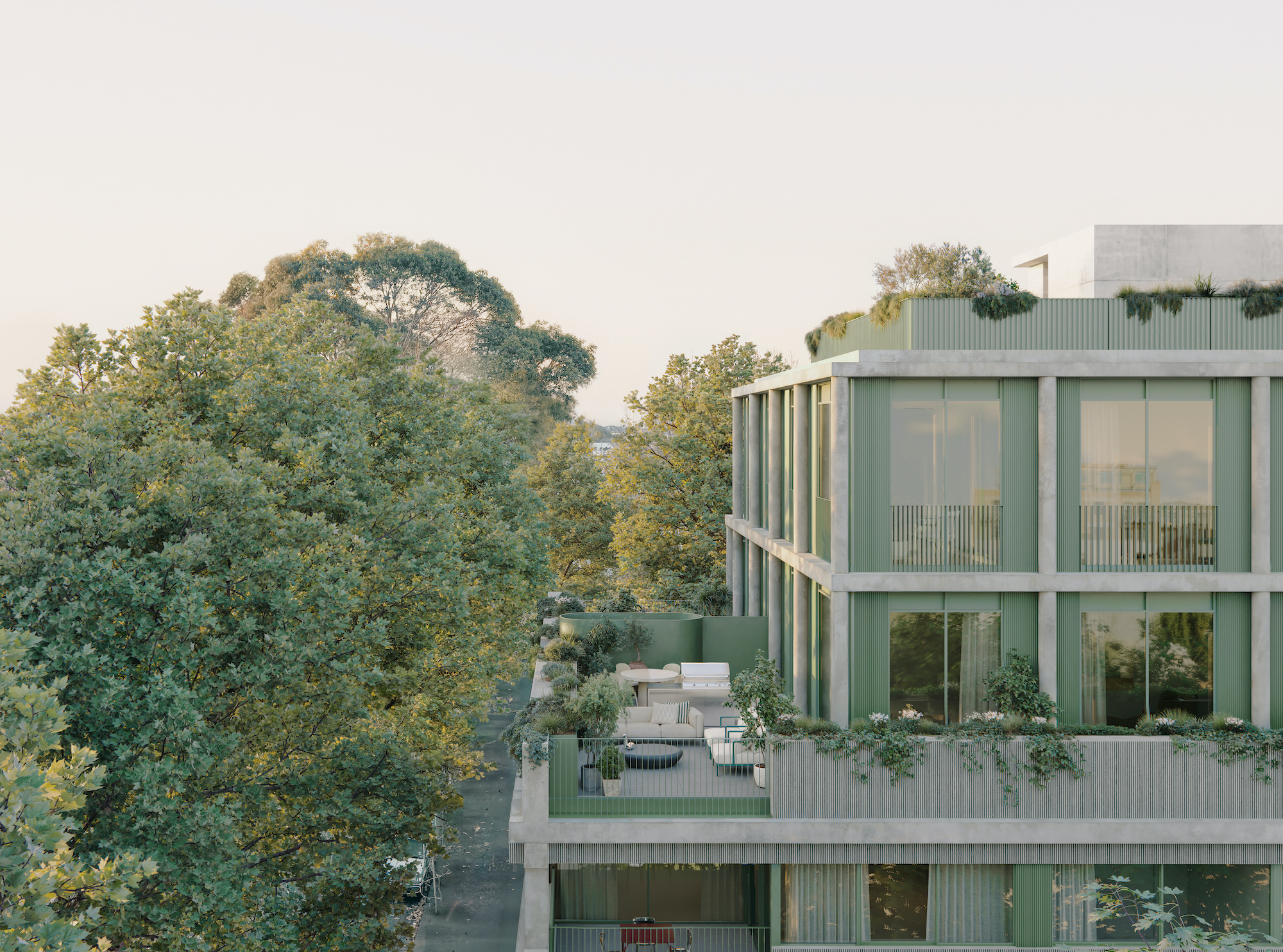 Neometro is the Australian developer creating homes its founders ‘would be happy living in’
Neometro is the Australian developer creating homes its founders ‘would be happy living in’The company has spent 40 years challenging industry norms, building design-focused apartment buildings and townhouses; a new book shares its stories and lessons learned
-
 The Melbourne studio rewilding cities through digital-driven landscape design
The Melbourne studio rewilding cities through digital-driven landscape design‘There's a lack of control that we welcome as designers,’ say Melbourne-based landscape architects Emergent Studios
-
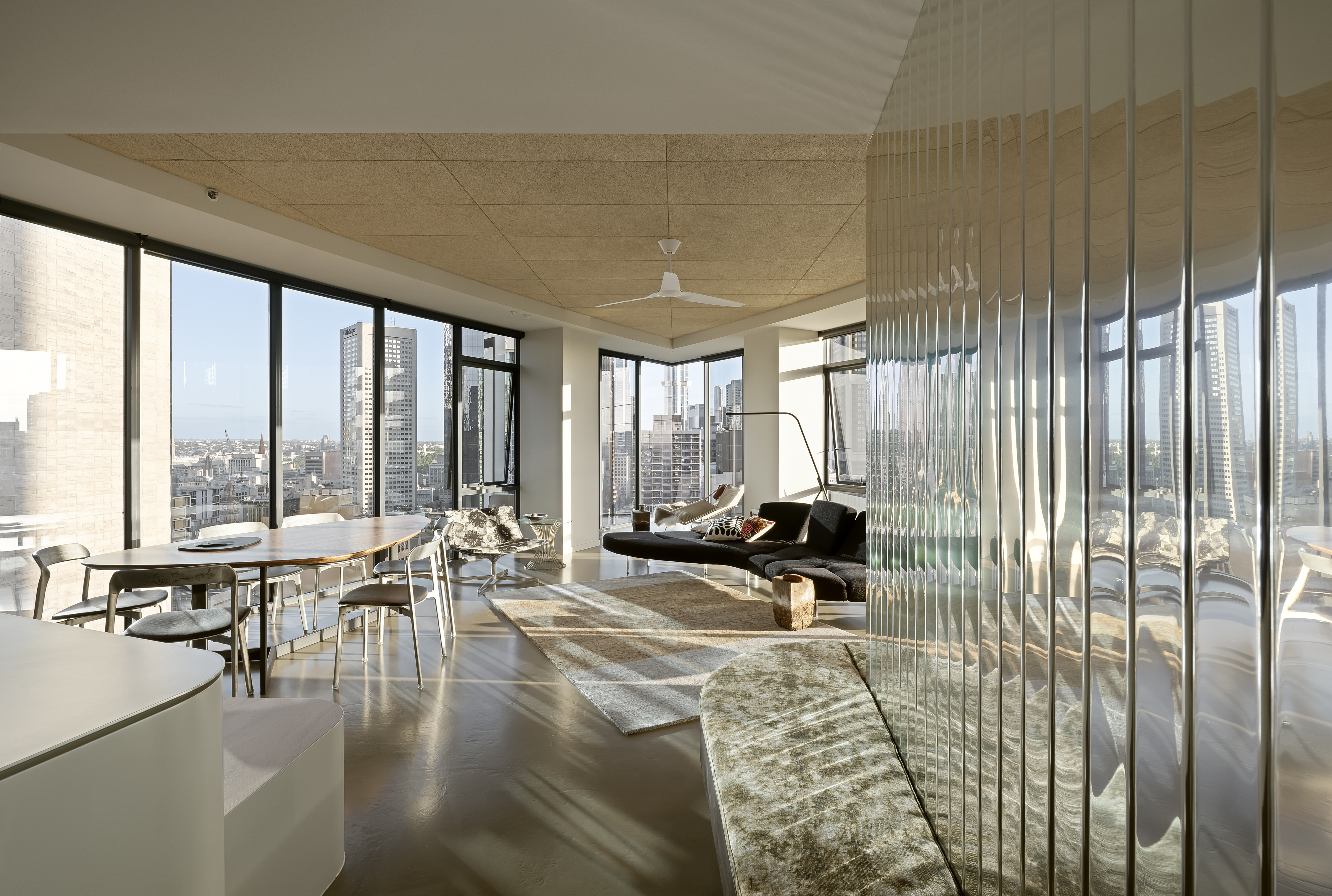 A Republic Tower apartment refresh breathes new life to a Melbourne classic
A Republic Tower apartment refresh breathes new life to a Melbourne classicLocal studio Multiplicity's refresh signals a new turn for an iconic Melbourne landmark
-
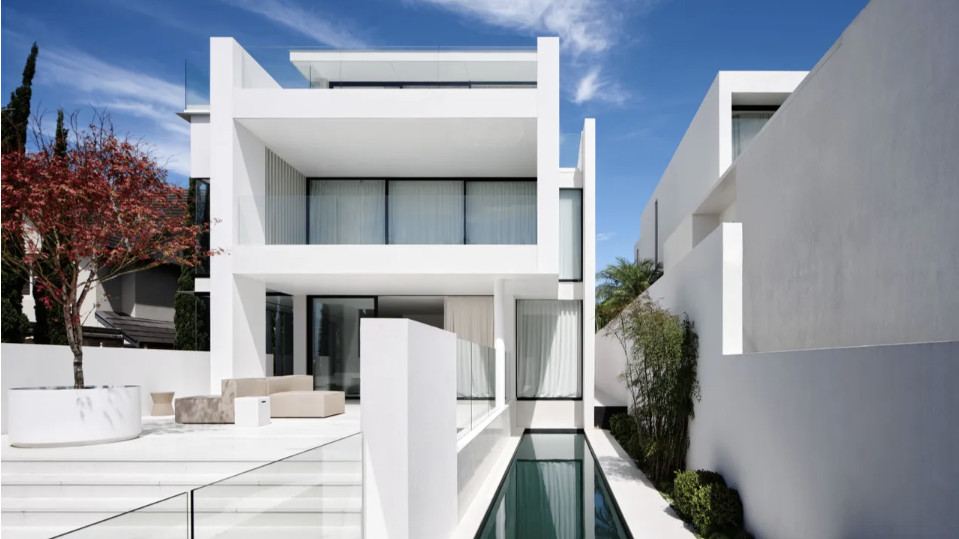 A Japanese maple adds quaint charm to a crisp, white house in Sydney
A Japanese maple adds quaint charm to a crisp, white house in SydneyBellevue Hill, a white house by Mathieson Architects, is a calm retreat layered with minimalism and sophistication
-
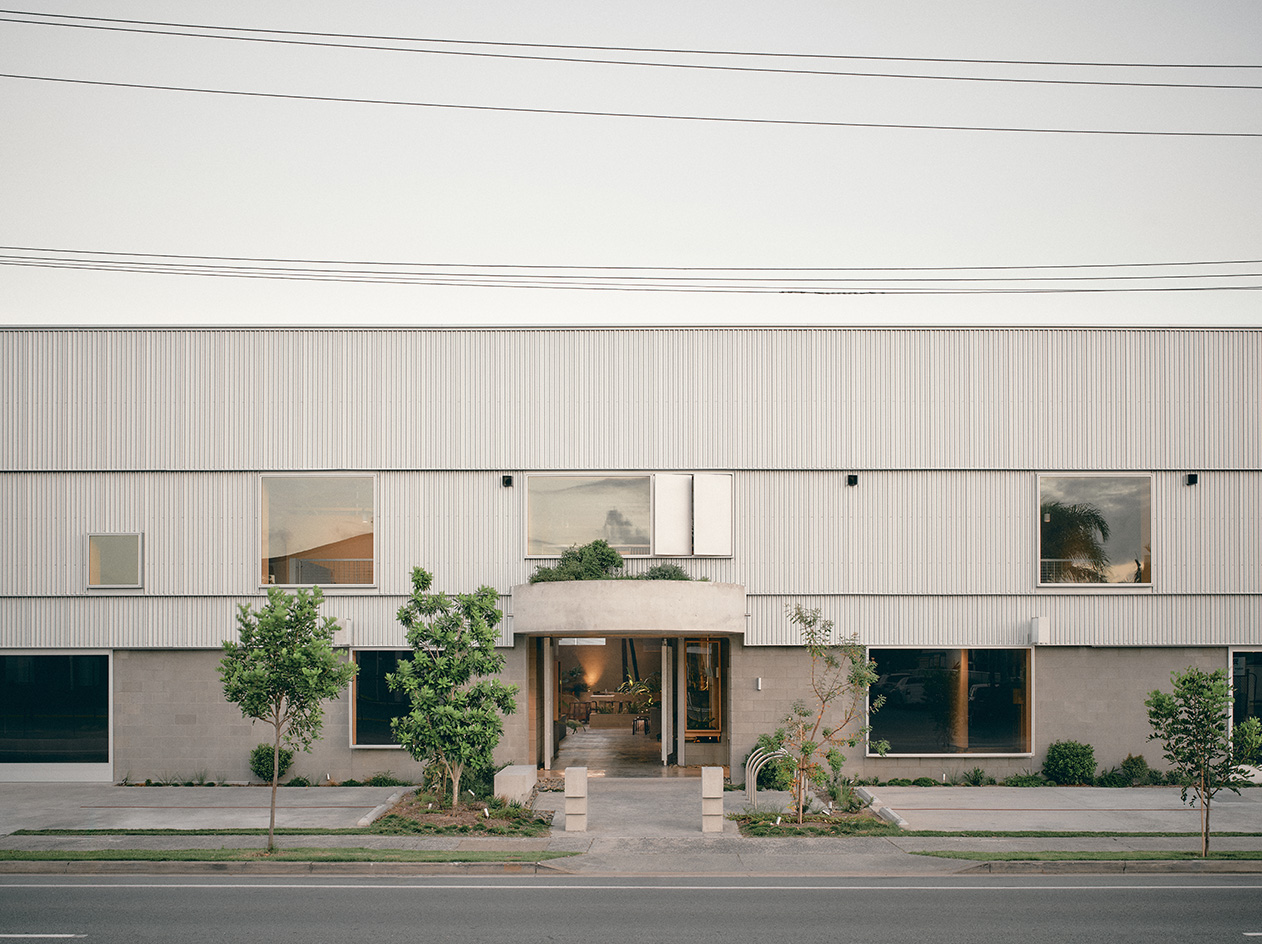 A redesigned warehouse complex taps into nostalgia in Queensland
A redesigned warehouse complex taps into nostalgia in QueenslandA warehouse in Queensland has been transformed from neglected industrial sheds to a vibrant community hub by architect Jared Webb, drawing on the typology's nostalgic feel
-
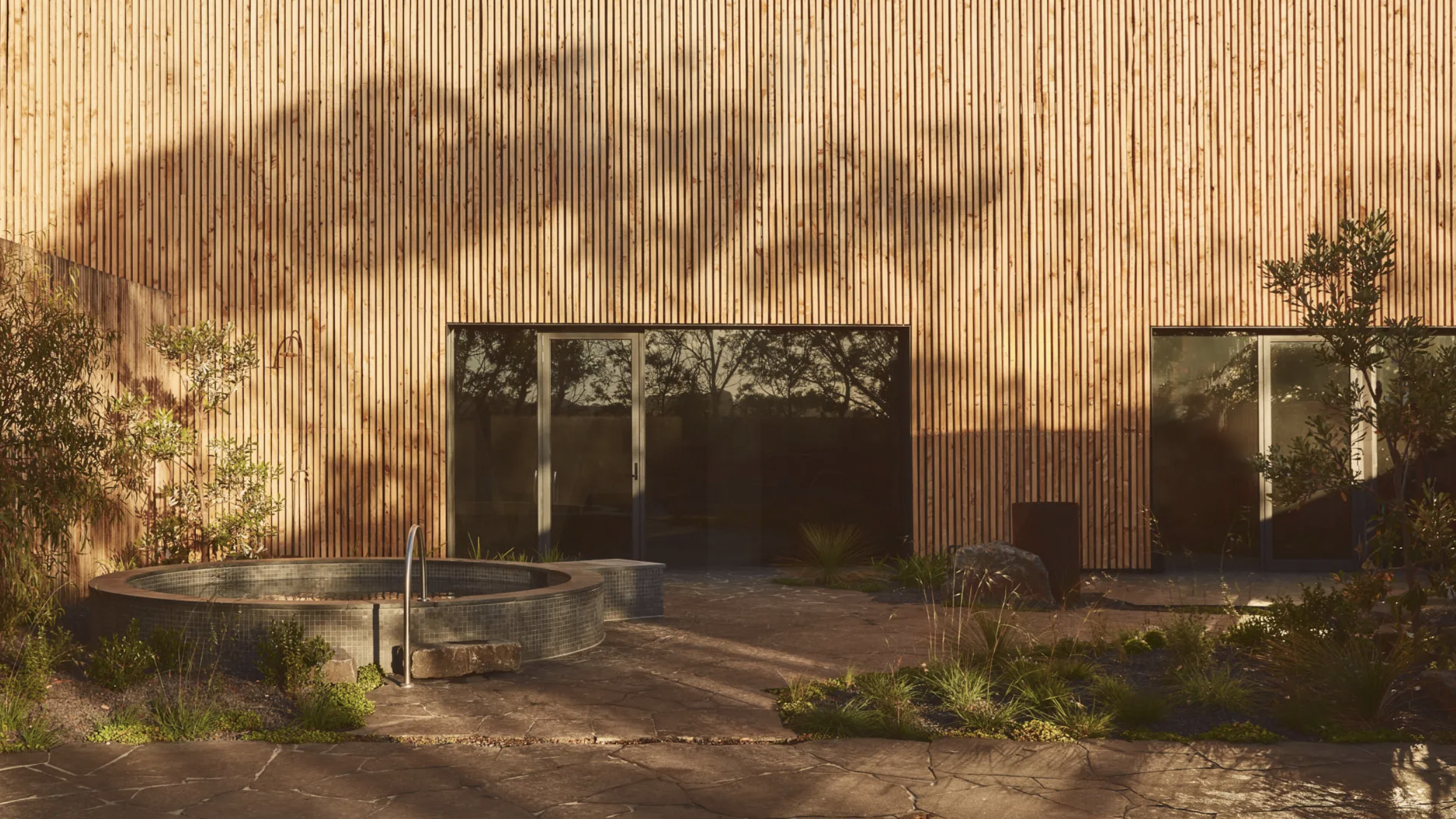 Australian bathhouse ‘About Time’ bridges softness and brutalism
Australian bathhouse ‘About Time’ bridges softness and brutalism‘About Time’, an Australian bathhouse designed by Goss Studio, balances brutalist architecture and the softness of natural patina in a Japanese-inspired wellness hub